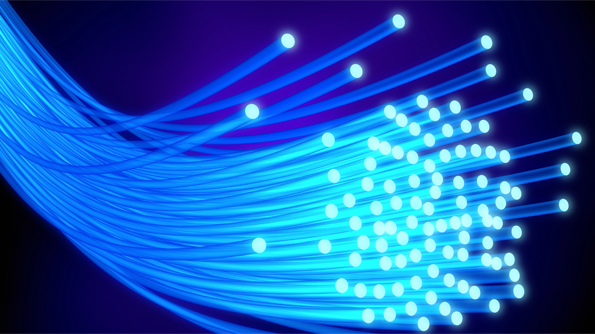
Consumers are continually exceeding expectations of ultra high-speed broadband demand. New platforms push ultra high-speed broadband services, and price them aggressively to ensure uptake. Demand for High Definition TV and video, the growing popularity of peer-to-peer applications and an increase in WiFi traffic to personal devices are factors contributing to an increase in demand for ultra high-speed broadband.
Cable operators are already addressing this demand and are able to offer 50 to 100 Mbps broadband services at very competitive prices. They are thus acquiring a very high share of broadband net additions, many of which adopt 50 Mbps broadband services. Arthur D. Little projects that around 25 percent of Western European cable operators’ broadband subscribers will use broadband services with speeds of 50 Mbps or higher by 2012.
In Asia, the United States and also in the Middle East, governments and regulators have actively supported operators by co-financing fibre rollouts or protecting operators’ investments. Most EU countries are now lagging up to seven years behind, primarily because governments did not fund FTTB/H deployment, and EU regulators did not actively encourage incumbents to invest into fibre.

